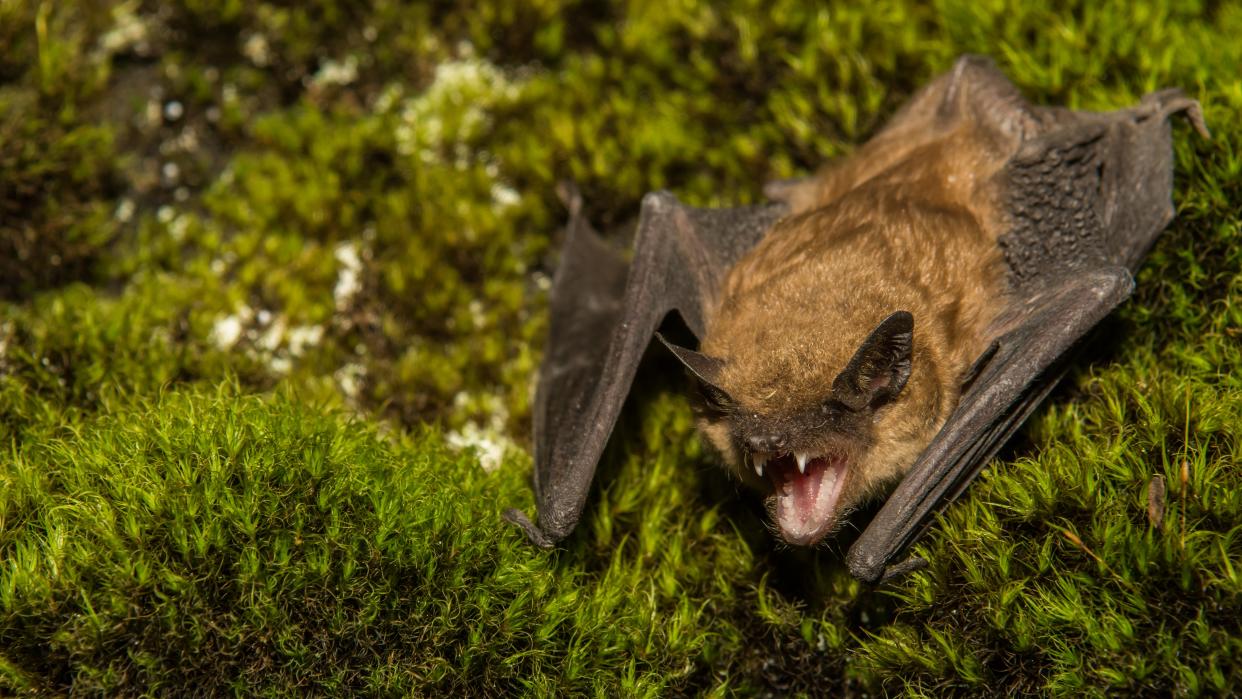Rabid bat found in Grand Teton National Park – here's how to keep yourself safe

A bat with rabies has been found at Grand Teton National Park. The animal was spotted showing unusual behavior near Jenny Lake boat dock last week, and was captured and taken for testing.
As the park explained in a tweet, the bat didn't come into contact with any park visitors. If you spot a dead bat at a National Park, or one acting strangely, you should notify a ranger; don't touch or move the bat.
If you suspect you have been bitten by a bat, immediately wash the area with soap and water for a minimum of 15 minutes, and seek medical attention.
The Centers for Disease Control and Prevention (CDC) advises that you should also seek attention if you're not sure whether you've had direct contact with a bat (if you wake up with one in the room, for example), as bits and scratches can be very small.
A bat displaying unusual behavior near Jenny Lake boat dock was collected and tested for rabies on September 7. The rabies test came back positive. No visitor contact was reported with the infected bat. (1/5)September 10, 2022
Rabies is a viral disease found in 150 countries around the world. It can be spread by both domestic and wild animals, which spread the virus through bites or scratches, usually via saliva. Domestic dogs are the main cause of rabies-related deaths worldwide, but bats are the leading cause of rabies deaths in the US.
If rabies isn't treated before symptoms develop, it's nearly 100% fatal. According to the World Health Organization the incubation period is usually 2-3 months, but can be as brief as one week or as long as a year in some cases.
Early symptoms include a fever with pain, tickling, or burning at the wound site. The disease spreads through the nervous system, damaging the spinal cord and causing fatal brain swelling.
Treatment for a bite from a rabid animal includes immediate wound washing, the administration of a post-exposure rabies vaccine and (if you haven't had a rabies vaccine before) rabies immunoglobulin, which provides immediate antibodies until your body can respond to the vaccine.
Can you spot a rabid bat?
Kansas State Veterinary Diagnostic Laboratory explains that you can't always tell if a bat has rabies by looking at it, so it's important to never touch one and to treat all bites as potentially carrying the disease.
Screeching and hissing are normal signs that a bat feels threatened, and some species can easily take off from the ground while others struggle even when healthy.
However, infected animals are more prone to aggression, and may show signs of disorientation or difficulty flying

